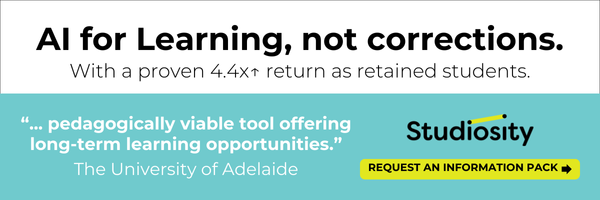Maintaining and caring for Saskatchewan's beautiful landscape from its prairies to its forests, lakes and rivers has been at the forefront of Saskatchewan Polytechnic since the 1960s through the Integrated Resource Management (IRM) program.
With a look to the future and a focus on supporting students in their career goals, the program was divided into three distinct areas in the 2000s: IRM, Geographic Information Science (GIS) and Resource and Environmental Law (REL), collectively the Natural Resource Technology (NRT) programs.
Instructor Jim Bahr notes that all three NRT programs are on the cutting edge of technology as students gain hands-on experience and work with the latest tools like GIS software for data collection, visualization and spatial analysis, and technologies such as environmental DNA, computer software for environmental acoustics analysis and artificial intelligence to analyze trail camera photos.
"We integrate technology into curriculum, along with fundamental field work for the development of both practical and technical field skills," he shares.
IRM and REL students attend camps at the Hannin Creek Education and Applied Research Centre (HCEARC) where they face the elements in every season, including Saskatchewan's frigid winter temperatures. Through these experiences students connect, build relationships and challenge themselves. Leila Benmerrouche was an IRM student from 2013-2015. Now a senior research associate for Sask Polytech's School of Agriculture, Natural Resources and Sustainability, she still fondly remembers her experiences at camp.
"During the winter camp, it was 40 below, - 50 with the wind chill. We were out on the ice taking water samples and struggling. Meanwhile our instructor Dave told us, It's not so bad,' and was able to just put his hands in the water without a glove," she laughs.
After completing the IRM program, Benmerrouche enrolled in the GIS program and had a chance to use new technology and evolving methodologies in mapping and data analysis.
"GIS is an incredible opportunity for mapping. It fills me with passion because it gives me a better understanding of the environment," she says. "The science of knowing where something is in relation to other things, is incredibly powerful."
A recent IRM graduate, Kim Roberts is a Sask Polytech student researcher for her second summer in a row. This year she's working on a research project with Benmerrouche using Light Detection and Ranging (LiDAR)-equipped remotely piloted aircraft system and backpack application to classify and identify heritage resources in the boreal forest to improve forestry management planning processes.
"The biggest thing I was looking for was a rewarding career. I had been working in management and customer service for eight years and wanted a change of pace. I've always been passionate about the outdoors," she notes, "If you're nervous about signing up for the IRM program I would encourage you to take the chance because it's worth it and a lot of fun. The two-year program flies by quickly as you learn and prepare for your future career."
When asked about the applied research project Roberts is assisting with, she shares, "Learning new things and pairing it with my education is really exciting. This is great hands-on experience, using cutting-edge technology."
Resonating with the desire to change careers, Travis Edward and Brittney Rae explain they followed similar paths and found themselves in the REL program. Graduates of the class of 2020, they currently work as conservation officers in different parts of the province. Edward notes his course work at Sask Polytech continues to help him in the field.
"Everything I learned in my program is 100 per cent applicable to my career. There are assignments from Sask Polytech I keep on my shelf in my office. They are quick references because they're directly related to what I do," he shares. "When you finish the program you have the confidence and ability to do the job right away."
The hands-on experience from the program has also been fundamental in Rae's work.
"The three-week fall camp was the coolest thing. We completed exercises outdoors like scene securing, using metal detectors, collecting evidence, trapping and completing boating operations," she explains. "We also spent some time in a classroom to learn about ballistic forensics and mapping. The prior experience has helped so much with my career."
In the midst of learning, there were amusing and joyful moments too.
"We went for canoe training and the first group to go out capsized. They didn't even make it five feet from the dock. There was also a swing on site. At night, we held a fierce competition to see who could jump the furthest. It was so fun," Rae chuckles.
Learn more about programs in the School of Agriculture, Natural Resources and Sustainability.
This article was originally published in the Saskatchewan Trappers Association magazine in January 2025.
Saskatchewan Polytechnic is signatory to the SDG Accord. Sustainable Development Goal alignment is one of the ways Sask Polytech is leading the rise of polytechnic education.













